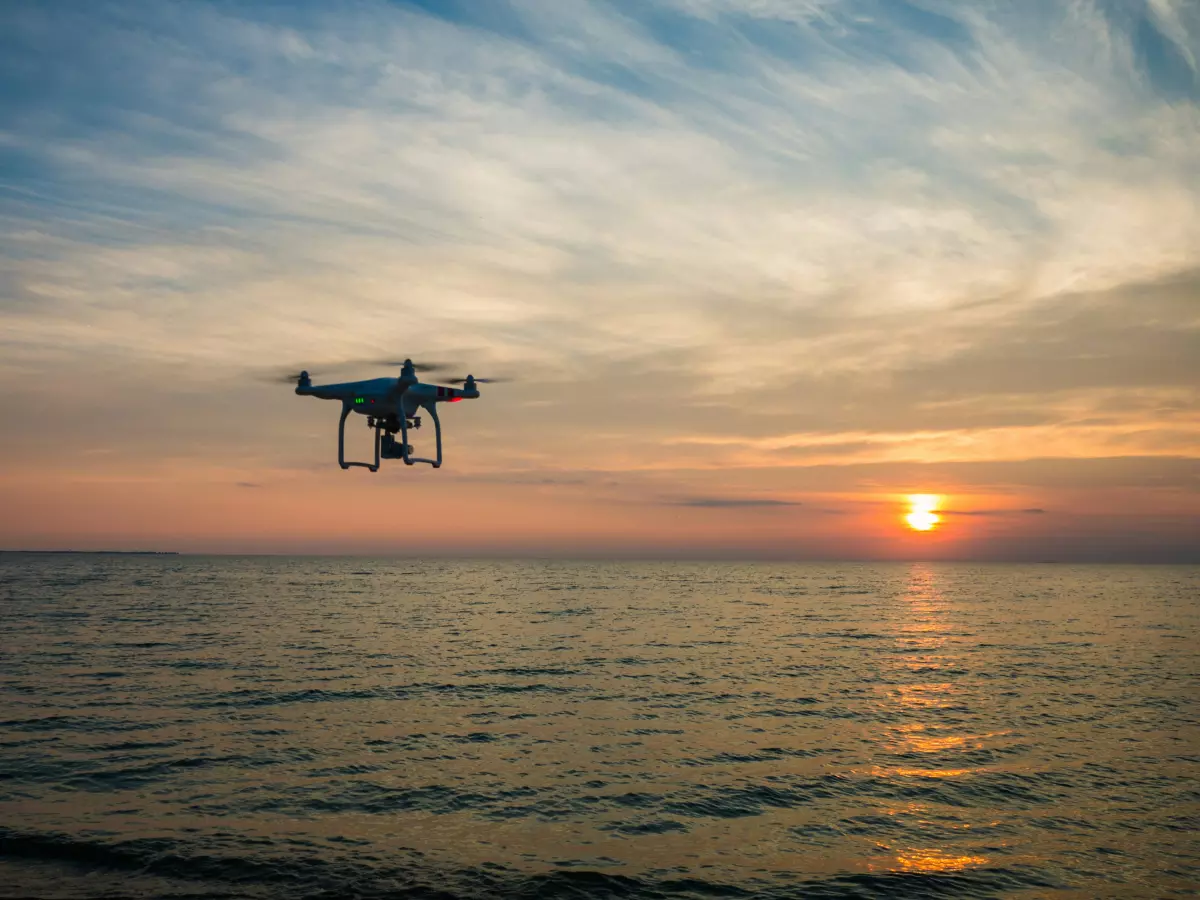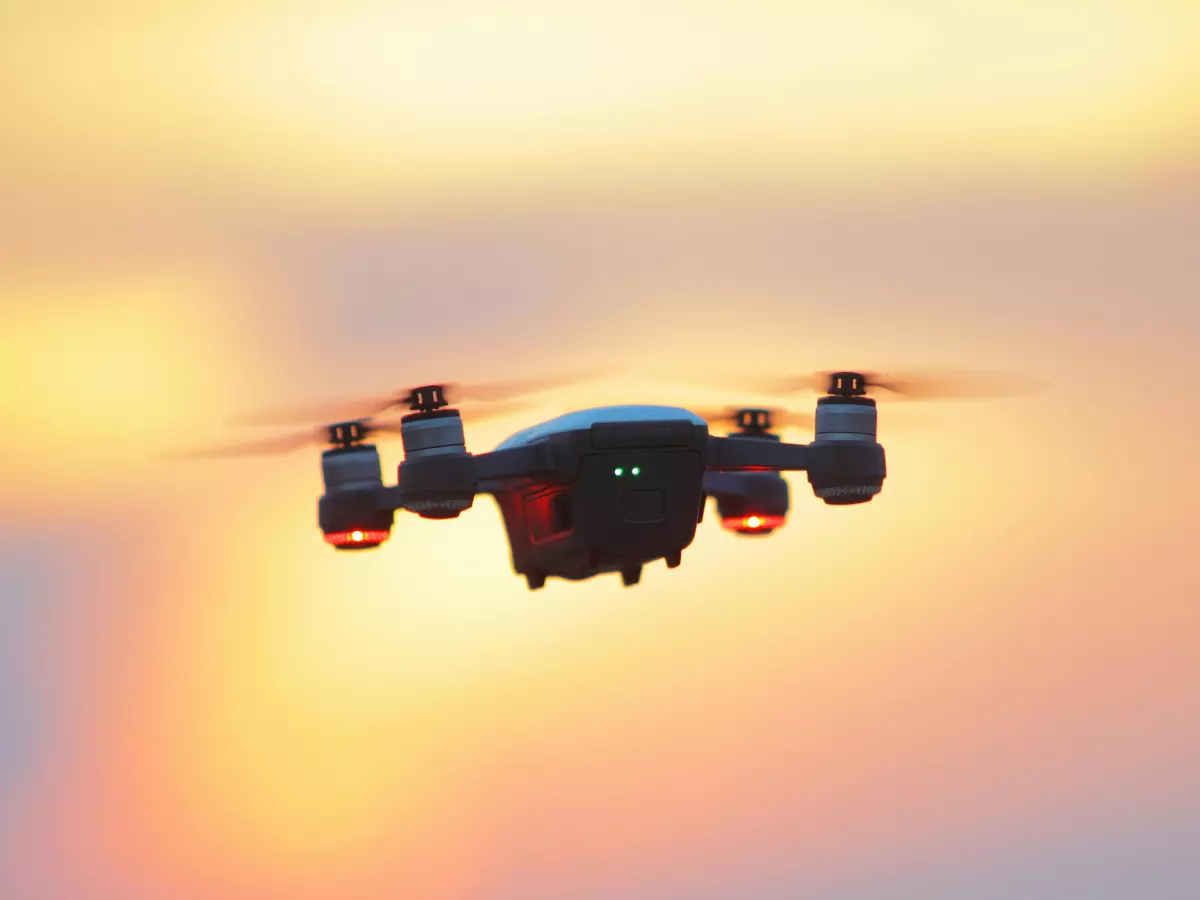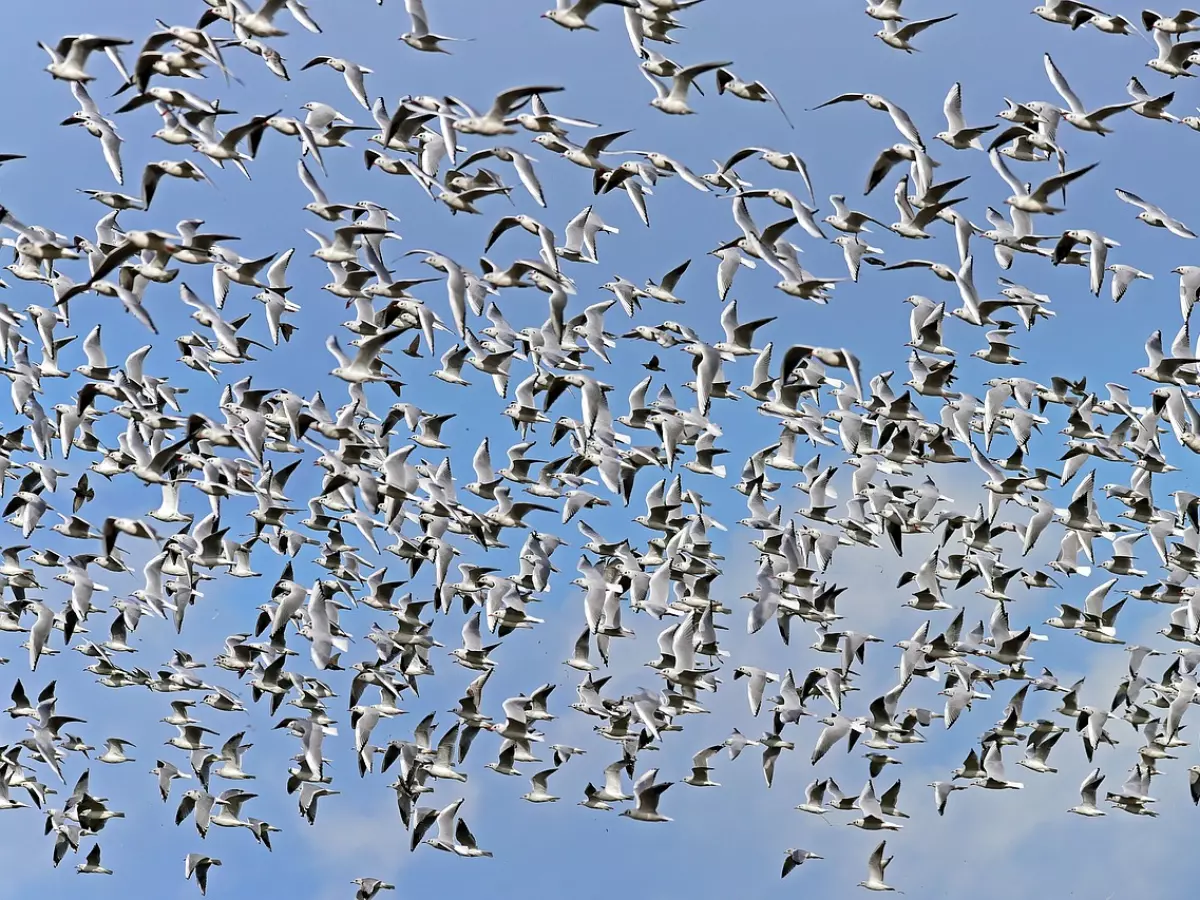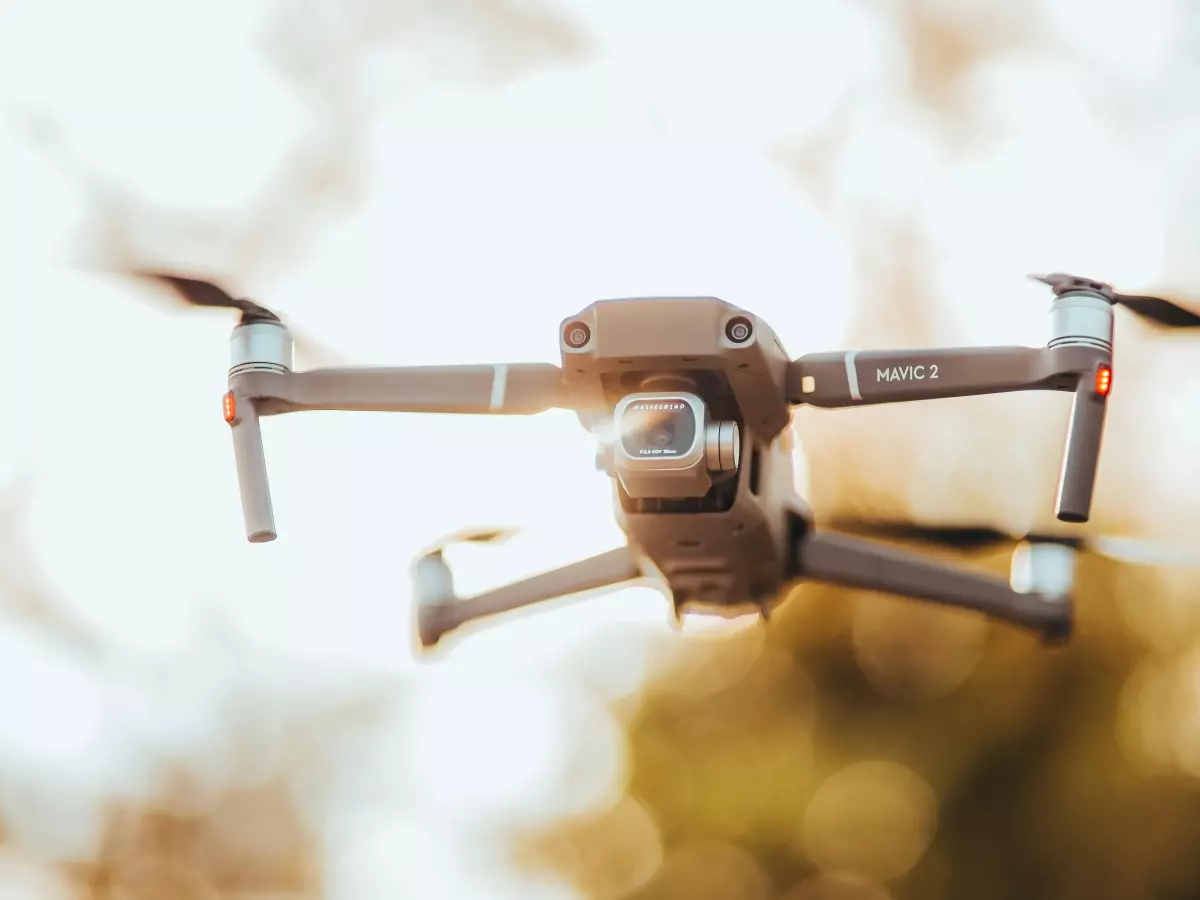Autonomous Flight
How can a drone fly itself without crashing into a tree, or worse, your neighbor's cat? The answer lies in a delicate dance between software, sensors, and some serious AI magic.
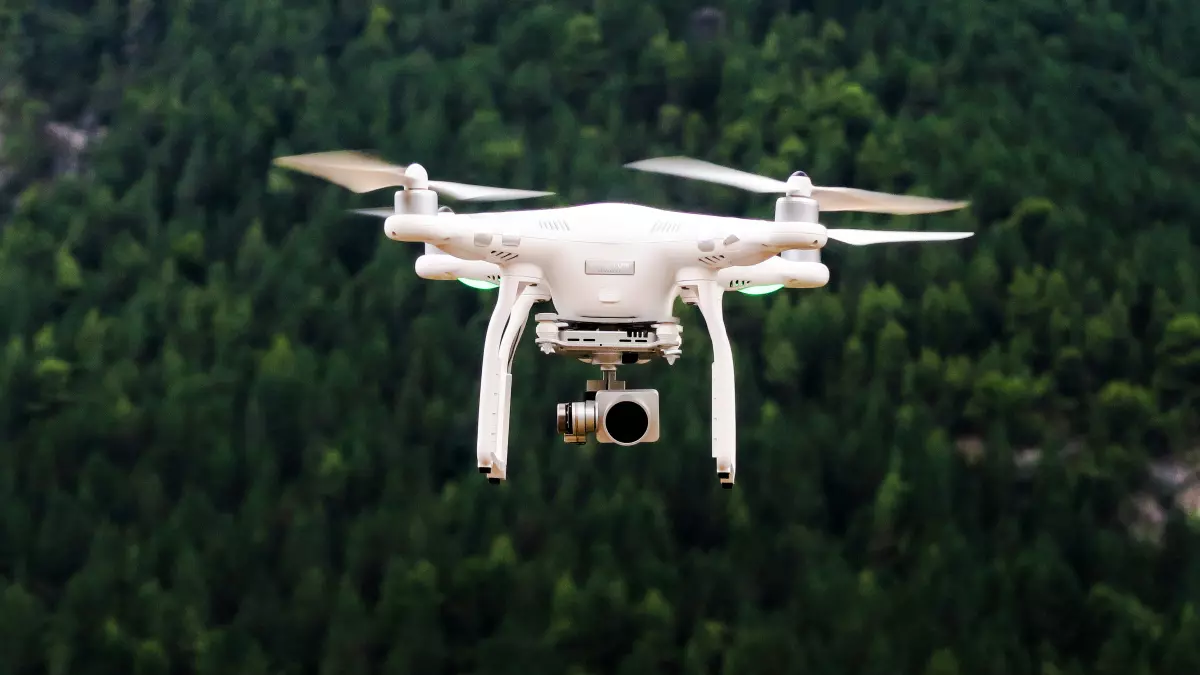
By Sarah Kim
When you think of drones, you might picture sleek machines zipping through the sky, capturing stunning aerial footage or delivering packages. But have you ever wondered how these flying robots manage to navigate complex environments without a human pilot at the controls? The secret sauce is a combination of flight control software, sensor fusion, and a hefty dose of autonomy.
Let’s break it down. At the heart of every autonomous drone is its flight control software. This is the brain that tells the drone how to move, when to stop, and how to avoid obstacles. But it’s not just about following GPS coordinates. The real challenge is making sure the drone can adapt to unpredictable environments in real-time. That’s where sensor fusion comes into play.
Flight Control Software: The Brain of the Drone
Flight control software is like the drone’s nervous system. It takes in data from various sensors—GPS, gyroscopes, accelerometers, and more—and uses that information to make real-time decisions. Think of it as the drone’s autopilot, but on steroids. It’s not just about keeping the drone in the air; it’s about making sure it flies smoothly, avoids obstacles, and reaches its destination safely.
But here’s the kicker: flight control software doesn’t work alone. It needs input from a variety of sensors to make sense of the world around it. That’s where sensor fusion comes in.
Sensor Fusion: Making Sense of the Chaos
Imagine trying to drive a car with only one eye open. You’d miss a lot of important details, right? That’s what it’s like for a drone without sensor fusion. A drone relies on multiple sensors to gather information about its surroundings, but each sensor has its own limitations. For example, a GPS sensor can tell the drone where it is, but it can’t detect obstacles. A camera can help the drone “see” what’s in front of it, but it might struggle in low-light conditions.
Sensor fusion is the process of combining data from multiple sensors to create a more accurate picture of the drone’s environment. It’s like giving the drone a full set of eyes, ears, and even a sense of touch. By fusing data from GPS, cameras, lidar, and other sensors, the drone can make smarter decisions about where to fly and how to avoid obstacles.
Autonomy: The Holy Grail of Drone Tech
Now, let’s talk about autonomy. This is the ultimate goal for many drone manufacturers: creating a drone that can fly itself without any human intervention. But achieving full autonomy is no small feat. It requires a combination of advanced flight control software, sensor fusion, and AI algorithms that can learn and adapt to new environments.
Autonomous drones are already being used in a variety of industries, from agriculture to delivery services. For example, in agriculture, drones can autonomously fly over fields, collecting data on crop health and even spraying pesticides. In the delivery world, companies like Amazon are experimenting with autonomous drones that can deliver packages right to your doorstep.
But here’s the thing: autonomy isn’t just about following a pre-programmed flight path. It’s about being able to adapt to changing conditions in real-time. What if there’s a sudden gust of wind? What if a bird flies into the drone’s path? Autonomous drones need to be able to handle these unexpected challenges without crashing.
The Future of Drone Autonomy
So, what’s next for drone autonomy? One of the biggest challenges is improving the accuracy and reliability of sensor fusion. While current sensors are good, they’re not perfect. For example, lidar sensors can struggle in heavy rain or fog, and cameras can be blinded by bright sunlight. Researchers are working on developing new sensors and algorithms that can overcome these limitations, making drones even more reliable in a wider range of conditions.
Another exciting area of development is swarm technology. Imagine a fleet of drones working together to complete a task, like mapping a large area or delivering supplies to a disaster zone. Swarm technology allows multiple drones to communicate and collaborate in real-time, making them even more efficient and effective.
In the end, the future of drone autonomy is all about making drones smarter, faster, and more adaptable. And with advances in flight control software, sensor fusion, and AI, we’re getting closer to a world where drones can truly fly themselves.
Funny story: I once tried flying a drone manually, thinking I could handle it. Spoiler alert: I crashed it into a tree within five minutes. Let’s just say, I’m glad autonomous drones are getting better at avoiding obstacles!
